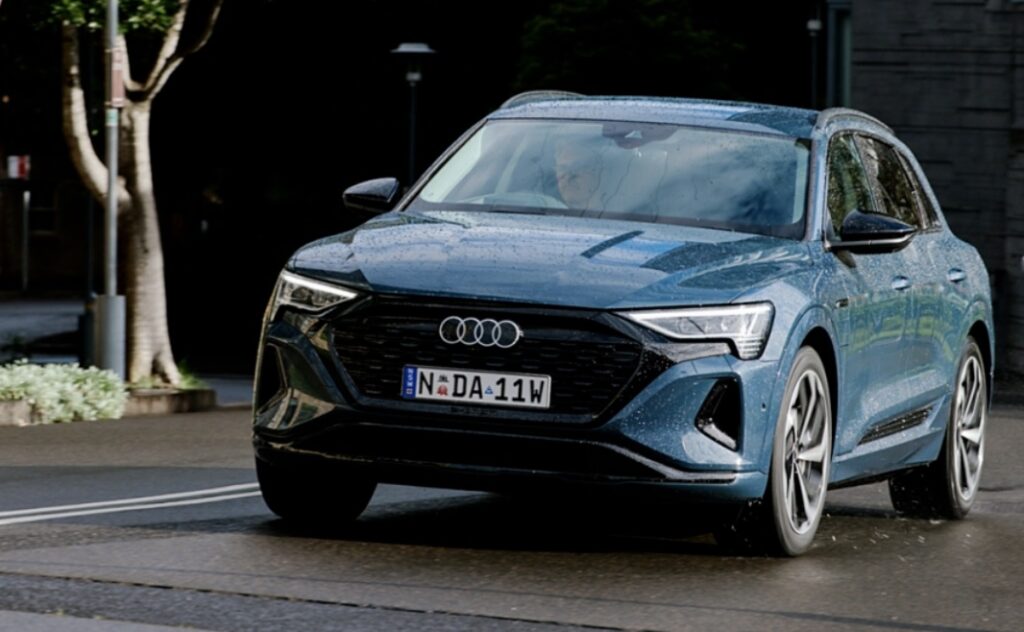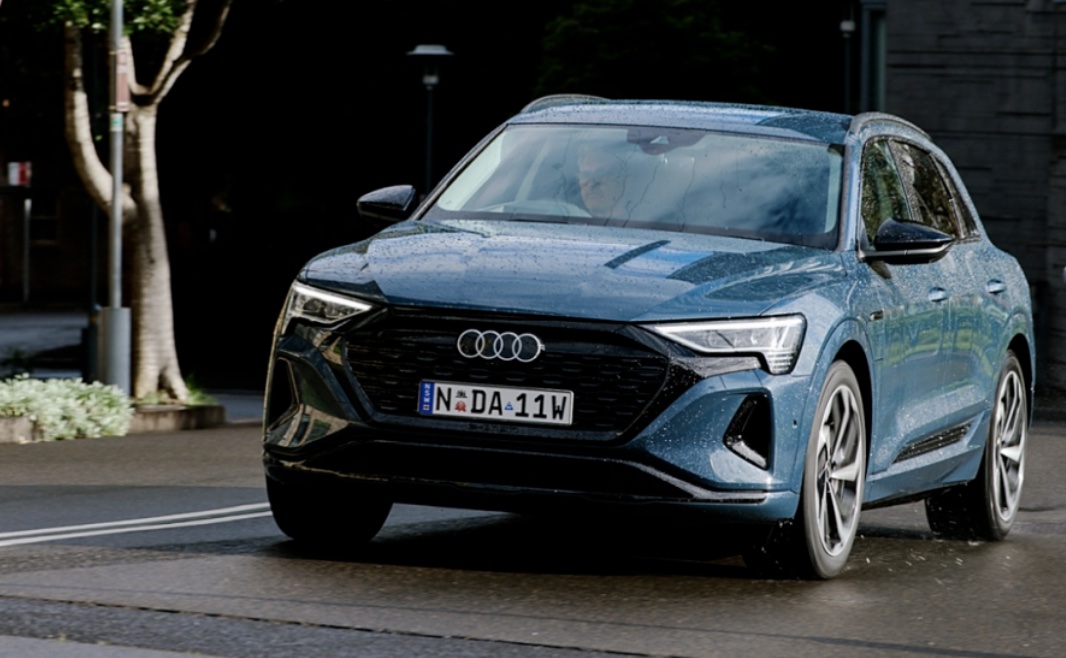On July 28, German automaker Audi officially released its financial results for the first half of 2025. The report shows that Audi’s revenue for the first half of 2025 reached €32.57 billion, a 5.3% year-on-year increase. However, operating profit was €1.087 billion, a 45.2% decline compared to the same period last year, while net profit after tax dropped by 37.5% to €1.346 billion. During this period, Audi’s operating profit margin was 3.3%, down from 6.4% in the same period last year. Net cash flow was €900 million, compared to €1.13 billion in the previous year.

In terms of sales, Audi delivered a total of 783,531 vehicles in the first half of 2025, a 5.9% year-on-year decrease. Among these, Bentley delivered 4,876 vehicles, down 11% from last year. Bentley’s revenue was €1.176 billion, down 15.3%, with operating profit of €81 million, a 69% decrease from the previous year, resulting in an operating profit margin of 6.9%. Meanwhile, Lamborghini’s deliveries remained stable, with 5,681 vehicles delivered, up from 5,558 vehicles in the same period last year. Lamborghini’s operating revenue was stable at €1.621 billion, with operating profit slightly decreasing to €431 million, from €458 million last year, resulting in an operating profit margin of 26.6%.
Audi stated that the sharp drop in net profit after tax was mainly due to the U.S. tariffs on cars imported from the EU and the increased costs of the company’s transformation, which caused a loss of over €600 million. Starting in April, the U.S. imposed tariffs on cars imported from the EU, adding significant costs to Audi. Although the U.S. and EU recently reached an agreement to reduce the tariff to 15%, this adjustment has already impacted the first half of the year’s results and will only affect future performance assessments. Additionally, the increased transformation costs cannot be ignored, as the automotive industry is undergoing a key shift toward electrification and intelligent features. Audi is accelerating the “largest transformation in the company’s history,” with a goal of saving €1 billion annually in the mid-term. Audi previously announced that it would cut around 7,500 jobs in Germany by the end of 2029 to enhance competitiveness.
By market, Audi’s sales decline was mainly due to the Chinese market. In markets outside of Germany, sales were 231,505 units, a 4.0% year-on-year decline. In Germany, sales were 103,273 units, a 0.7% increase. In North America (excluding Mexico), sales were 98,712 units, down 9.0%. In China (including Hong Kong), sales were 287,600 units, a 10.2% decrease. In terms of pure electric vehicles, there was significant growth in Europe, including Germany, where sales grew by 76.2% year-on-year to 20,505 units, while China saw a 23.5% year-on-year decline to 7,897 units.
In the key Chinese market, Audi has been slow in developing electric vehicles, struggling to compete with domestic new energy brands. As a result, sales dropped by 10.2% year-on-year, and pure electric vehicle sales fell by 23.5%. However, the Chinese market remains Audi’s largest single market, accounting for 36% of its global sales. In the U.S. market, due to the lack of local production bases and the high tariffs, Audi faced difficulties, with a 19.4% sales decline, and a 4.2% decline in pure electric vehicle sales.
In response to its performance in the first half of the year, Audi has adjusted its full-year forecast for 2025, with expected revenue ranging from €65 billion to €70 billion (previously expected to be between €67.5 billion and €72.5 billion). The operating profit margin is expected to be between 5% and 7%, with net cash flow expected to reach between €2.5 billion and €3.5 billion.
Amid the electrification wave, the growth in pure electric vehicle deliveries indicates the early success of Audi’s transformation. However, the pressure from traditional business operations and the high costs during the transformation process require Audi to strategically balance the current and future stages of development to regain its competitive edge in the fierce market.



